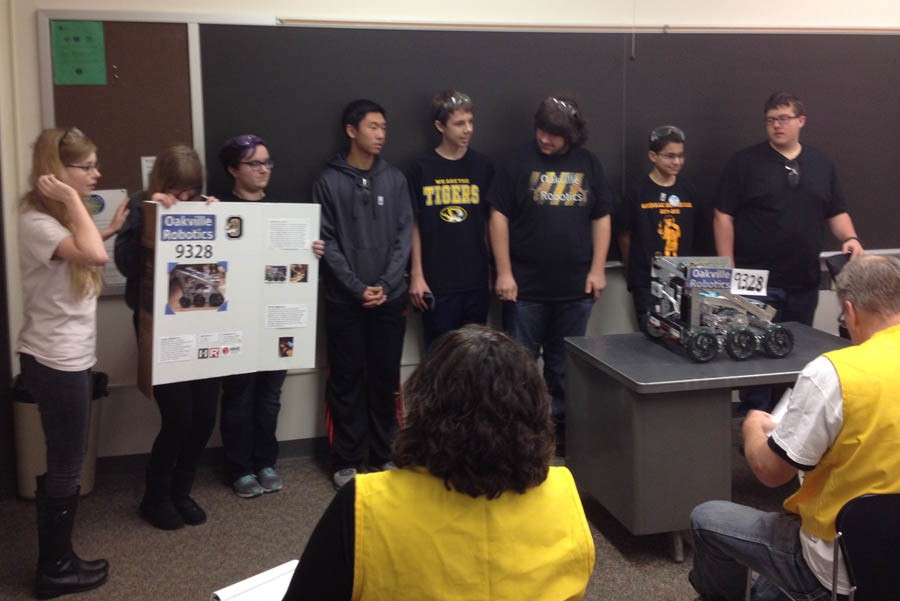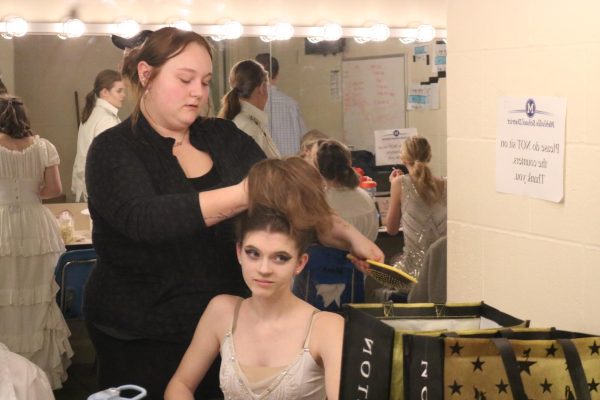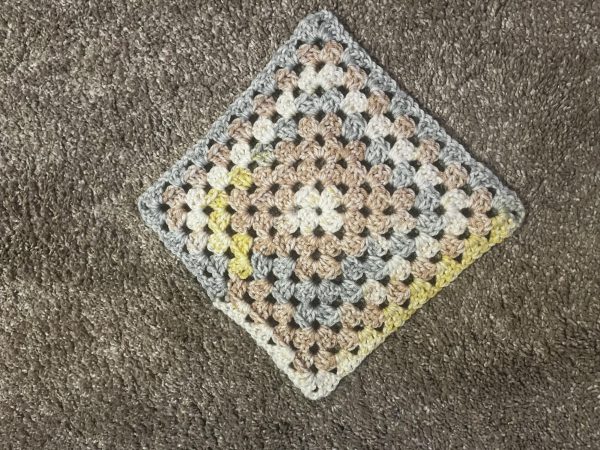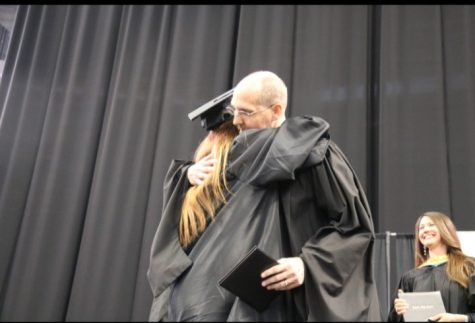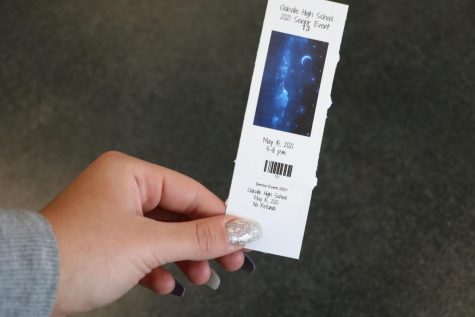Robotics takes fourth in FIRST Tech Challenge
OHS Robotics club competed in the FIRST Tech Challenge robotics competition this past Saturday, Dec 5. The club was split into two teams with two different robots and one team went farther in the competition than the club ever has.
All season long the robotics club has been working in two separate teams to compete in this first competition of the year. One team led by Michael Chenot (12) received fourth place in general placement.
“We have three veteran members, but everyone else had never even seen a robot,” Mr. Richard Kling, robotics sponsor and engineering teacher, said. “I feel like they exceeded all expectations.”
Although the team performed well, there were some problems along the way. Chenot was not originally the main captain, but he stepped into the leadership role when club president, Jacob Kauffmann (12), couldn’t attend the competition due to a conflict with band. In addition, the team’s robot, which was originally built for the task of climbing a small “mountain” was at first not successful in completing the task.
“Since we don’t have a practice field [at OHS], we are shooting in the dark when we build and make our original plan,” Chenot said. “That is why we bring extra equipment with us and prepare ourselves to make changes.”
The team improvised using the tools and programing they had brought with them to modify the robot so that it could perform another task option. This task was to pick up plastic balls that were scattered across a field.
The team’s robot succeeded this time, giving the team enough points to make it into the finals. This team then got to select a partner for the final games. They picked the other OHS team and together the two won fourth place.
The club’s next competition is in February and is an extension of this one. The team will be completing the same tasks, but they hope for an even better outcome now that they know what to fix and what to eliminate altogether.
“For a young group, they came together as a unit and were functional and supportive,” Kling said.
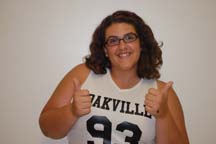
Hey! I’m Dallas Carter! I’m a senior at OHS and a reporter and editor of the opinions page for the Prowl newspaper. I play defense for the varsity...


